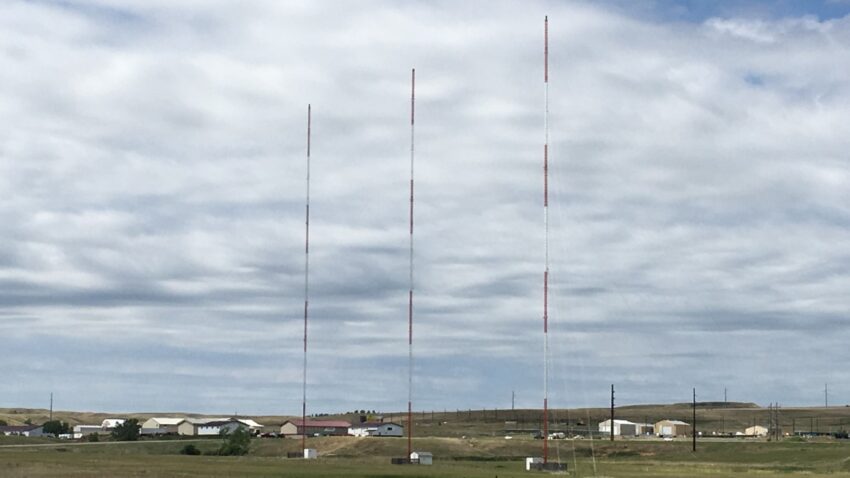The bad news just keeps piling on for the AM radio band.
Many major legacy AM radio stations now barely register in the ratings. There’s a slow but steady drumbeat of owners permanently turning off AM stations, even some big signals like KDWN/720 (Las Vegas). And Radio World reported that Ford is moving away from including AM radio in its vehicles.
Many in the broadcasting industry recognize that there is still potential on the AM band, despite its many well-known challenges outside of broadcasters’ control (interference and bad radios, just to name a few).
But the fact is, Ford would find a way to keep AM radio in its vehicles if a large number of their customers still wanted it. Sadly, AM radio has yet to have a hipster comeback like vinyl.
Some have argued that AM radio must be saved to serve as an important beacon during public emergencies. This is a laudable goal.
The sad problem is, most AM radio stations no longer provide such a service, though there are some notable exceptions. The AM band is now mostly filled with syndicated national programming. Local stations have not been given the resources to handle breaking news coverage.
I am a huge radio fan and a longtime AM DX’er. But personally, I would not want to be stranded with only an AM radio during an emergency.
The AM band is still more alive in rural areas, where many stations continue to fill their schedule with local news and information. This concept shouldn’t be limited to farm country, and it shouldn’t be limited to the AM band.
The idea that AM radio is the only band that can provide public service during emergencies is ridiculous. FM signals can, and should, provide this service as well.
But what to do with those AM stations? Will they all go off the air?
With thousands of AM transmission plants still functional and millions of AM radios already out there, it seems unlikely that AM radio will die completely anytime soon.
We’ve already been seeing the future of AM radio: Formats that have a sizeable audience will find a way to move to FM. Stations that don’t have much of an audience will downgrade or go off the air, selling their tower sites for redevelopment. Many will continue to be used as a loophole to program FM translators.
(You can’t blame companies for making decisions based on the reality that an FM translator now has more potential than an AM station in many cases.)
There is an example of what AM radio may eventually become if things continue to go wrong: The shortwave band. The general public probably thinks shortwave went off the air after World War II, but it still exists, almost exclusively airing brokered programming for very niche audiences.
The way programming has been going on the AM band, it sometimes feels like we’re already half way there.
But it doesn’t have to be that way. Some broadcasters are still putting in the effort. AM radio will never be the dominant medium again, but I hold out hope that broadcasters who truly want to serve the public interest will find creative ways to keep AM stations on the air.
RELATED: Long-Distance Signals from ‘Golden Age of Radio’ Still On Air

